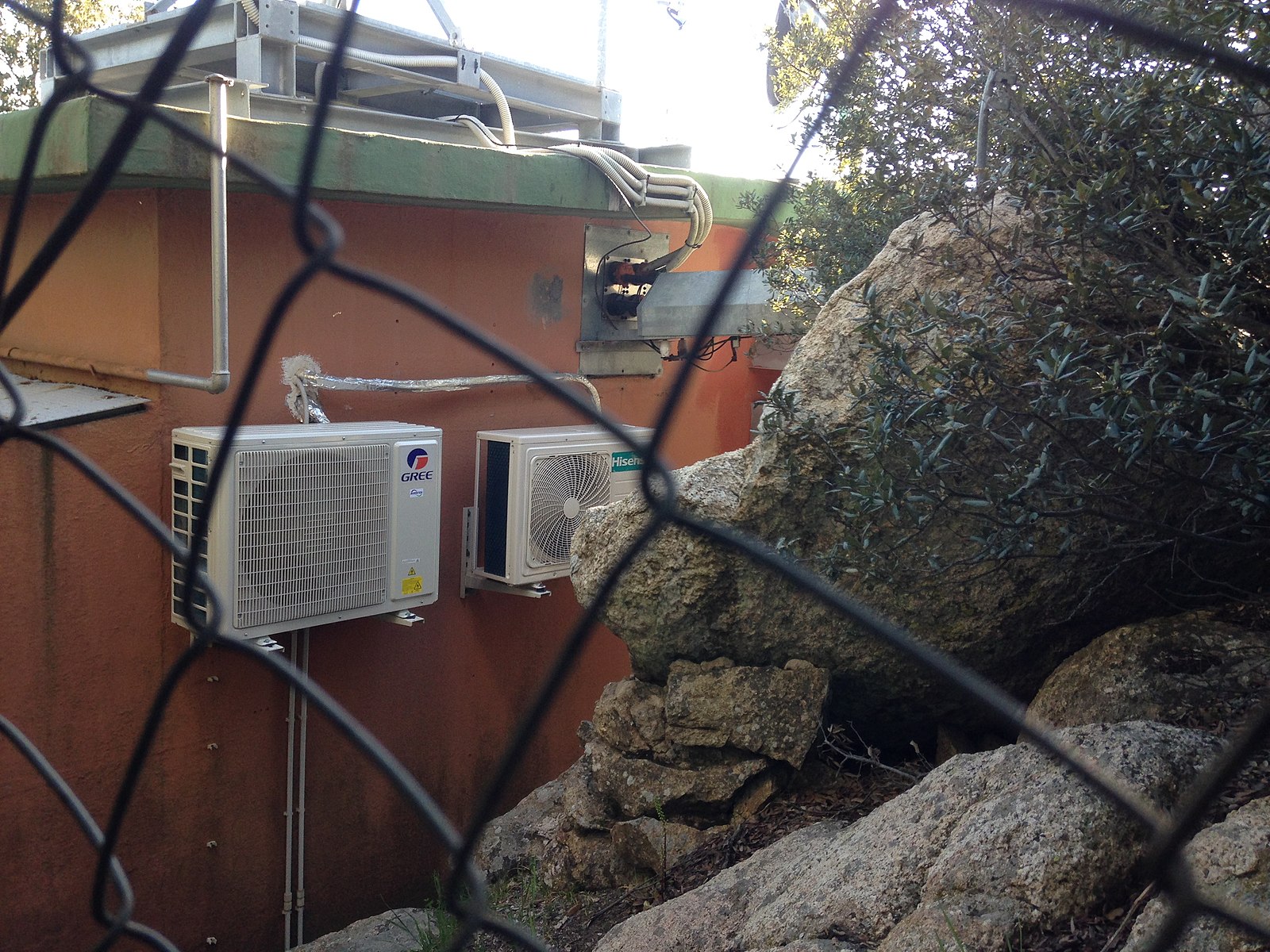In the world of HVAC systems, understanding and troubleshooting error codes is a crucial skill for both professionals and DIY enthusiasts. When it comes to Gree remotes, the ability to access and interpret fault codes can be the difference between a quick fix and a costly repair. This comprehensive guide will walk you through the step-by-step process of retrieving fault codes on your Gree remote, equipping you with the knowledge and tools to diagnose and address any issues that may arise.
Identifying the Error Code
The first step in resolving a problem with your Gree system is to accurately identify the error code displayed on your remote or unit. Gree error codes typically consist of a combination of letters and numbers, each representing a specific issue or malfunction within the system.
To identify the error code, closely examine the display on your Gree remote or indoor unit. The code may be displayed as a flashing or steady message, often accompanied by a corresponding error code number or letter. Carefully note down the exact combination of characters to ensure accurate troubleshooting.
Utilizing Gree’s Error Code Tools
 Image source: Gree ac by Air Fans
Image source: Gree ac by Air Fans
Gree has developed a range of resources to help users navigate and understand their error codes. One of the most valuable tools is the Gree Comfort Error Code Tool, accessible through the company’s website. This interactive platform allows you to input the specific error code displayed on your system, and it will provide detailed troubleshooting steps and potential solutions.
When using the Gree Comfort Error Code Tool, be sure to enter the error code exactly as it appears on your remote or unit. The tool will then present you with a comprehensive list of steps to diagnose and address the issue, including recommended checks, component replacements, and potential causes of the error.
Consulting the Gree Technical Manual
In some cases, the error code you encounter may be less common or specific to your Gree model. When this happens, it’s essential to refer to the technical manual for your particular unit. Gree provides detailed manuals for each of its HVAC systems, which can be found on the product page of the Gree website.
The technical manual will provide a comprehensive list of all possible error codes, along with detailed explanations and troubleshooting procedures for each one. By cross-referencing the error code displayed on your system with the information in the manual, you can gain a deeper understanding of the issue and the appropriate steps to resolve it.
Navigating Gree’s Error Code Search Website
For a more interactive approach to error code troubleshooting, Gree offers an Error Code Search website. This platform allows you to input the first three letters of your Gree model number, which will then populate a dropdown menu with the corresponding model. Once you’ve selected your model, you can click on the Error Code box and choose the specific letter or number from the list provided.
The Gree Error Code Search website will then display the error code, explain what it means, and provide step-by-step instructions for addressing the issue. Additionally, the website may offer a decision tree to guide you through the troubleshooting process, making it easier to identify and resolve the problem.
Addressing Voltage and Power Module Issues
Certain error codes, such as U3, L9, and H5, may indicate issues with the voltage or power module of your Gree system. In these cases, it’s crucial to ensure that the power supply to your unit is stable and within the required voltage range.
Begin by checking the circuit breaker and verifying that the power supply is functioning correctly. If the power supply appears to be the issue, you may need to consult a qualified HVAC technician to assess and address any underlying electrical problems.
Performing Preventive Maintenance
Regular preventive maintenance is key to avoiding error codes and maintaining the optimal performance of your Gree HVAC system. Experts recommend conducting bi-annual checks and cleanings, which can help identify and address potential issues before they escalate.
During the maintenance process, be sure to clean the air filters, check the refrigerant levels, and inspect the various components of the system for any signs of wear or damage. Units in high-demand or dusty environments may require more frequent maintenance to ensure reliable operation.
Remember, while some error codes can be resolved through DIY troubleshooting, others may require the expertise of a qualified HVAC technician, especially if they involve sensor malfunctions or mode conflicts. Always prioritize safety when working with electrical equipment and consult a professional if you’re unsure about the nature of the problem or the appropriate course of action.
Conclusion
Mastering the art of retrieving fault codes on Gree remotes is a valuable skill that can save you time, money, and frustration when it comes to maintaining your HVAC system. By following the steps outlined in this comprehensive guide, you’ll be equipped with the knowledge and tools to diagnose and address a wide range of error codes, empowering you to take control of your Gree system’s performance.
Remember, regular preventive maintenance and a thorough understanding of your Gree remote’s error codes are the keys to keeping your HVAC system running smoothly and efficiently. With this guide in hand, you’ll be well on your way to becoming a Gree remote troubleshooting expert, ready to tackle any issue that may arise.
